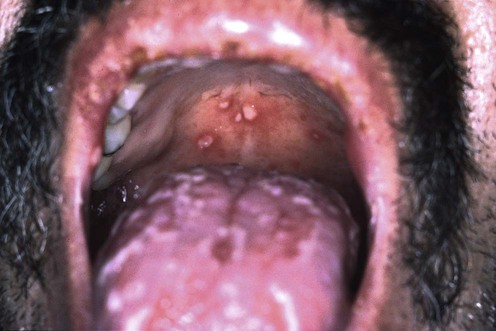Behçet disease

Specific investigations
First-line therapies
Pimecrolimus versus placebo in genital aphthous ulcers of Behçet’s disease: a randomized double-blind controlled trial.
![]()
Stay updated, free articles. Join our Telegram channel

Full access? Get Clinical Tree









 Topical/intralesional corticosteroid
Topical/intralesional corticosteroid Topical tacrolimus
Topical tacrolimus Pimecrolimus
Pimecrolimus Amlexanox 5% paste
Amlexanox 5% paste Sucralfate
Sucralfate Tetracycline suspension
Tetracycline suspension Chlorhexidine gluconate
Chlorhexidine gluconate Colchicine
Colchicine Zinc sulfate
Zinc sulfate